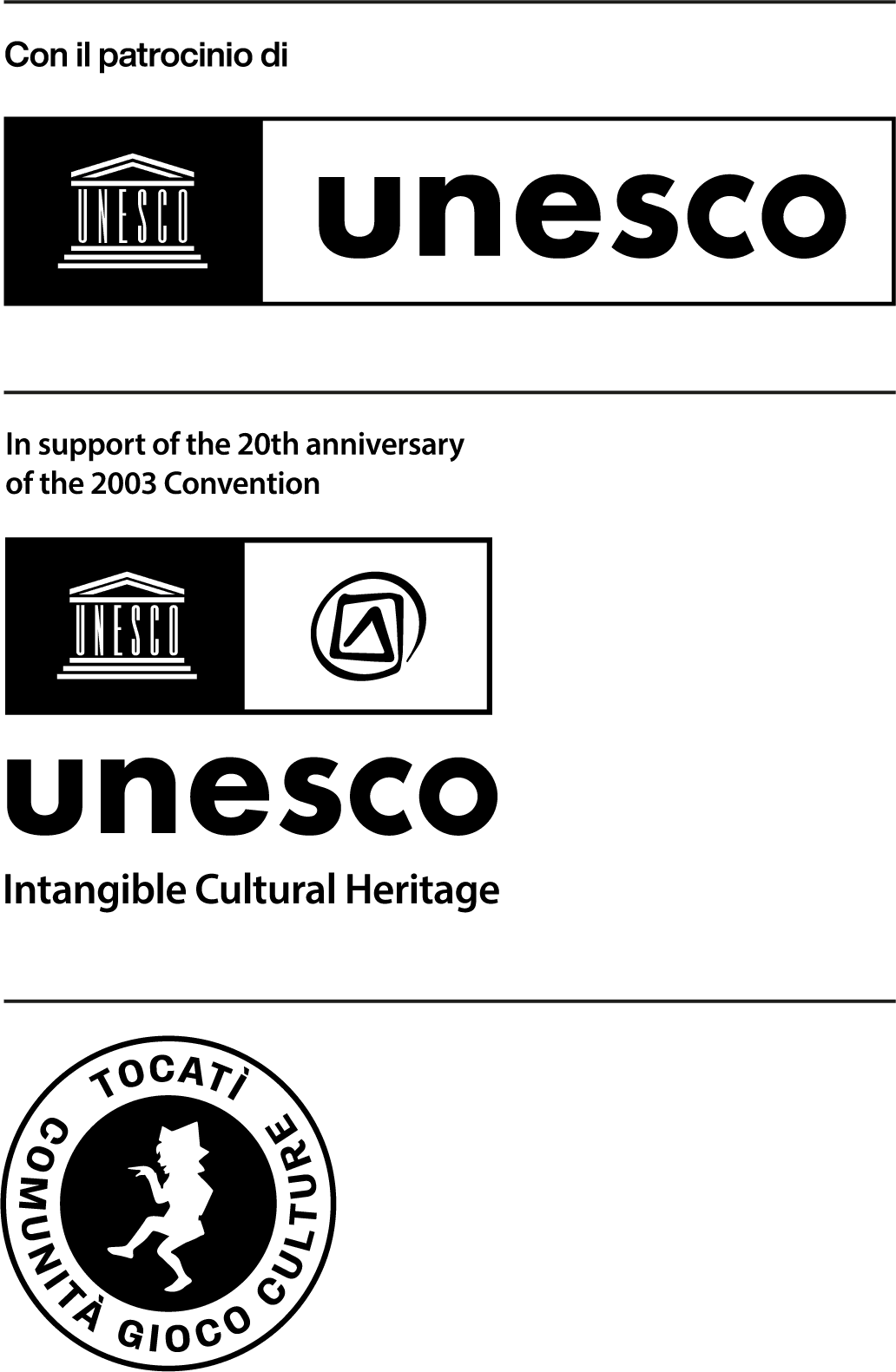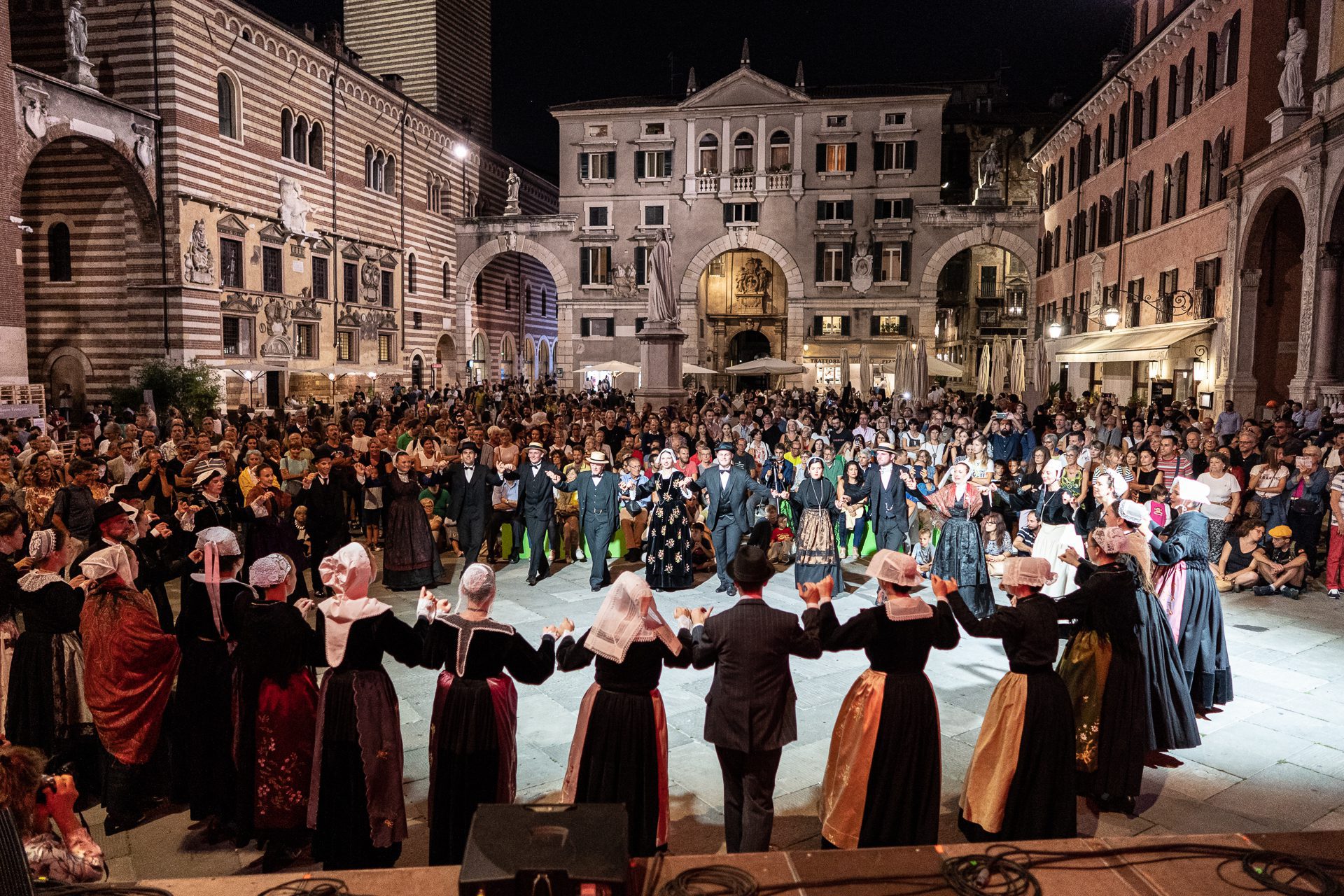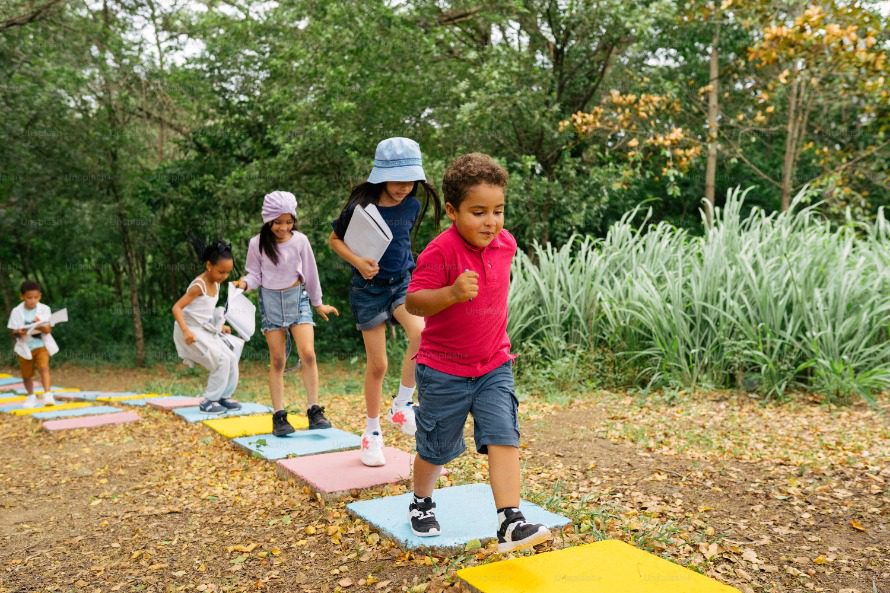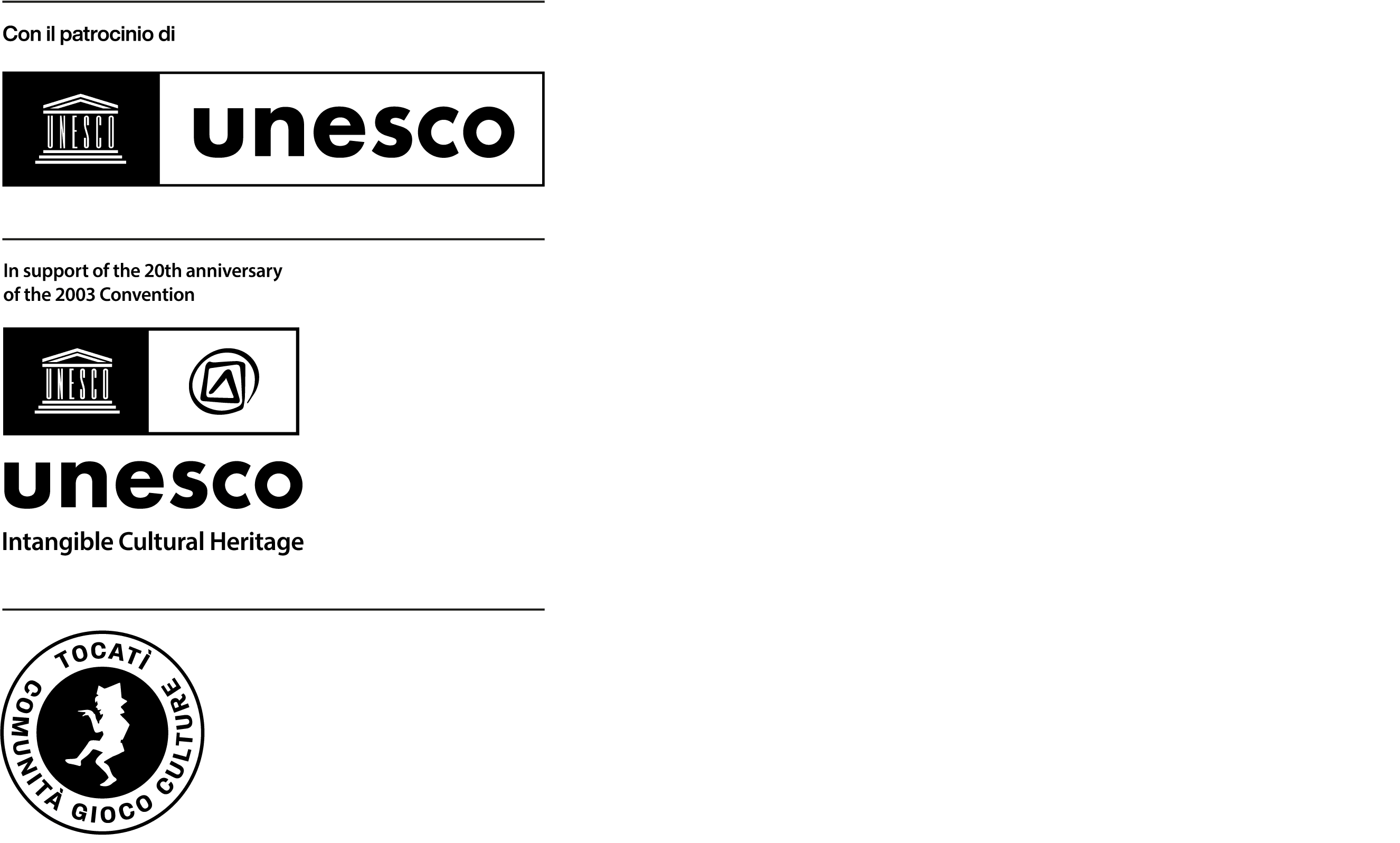Tocatì as a good practice ICH of safeguarding intangible culturale heritage

Why UNESCO?
The United Nations Educational, Scientific and Cultural Organization is the expression of the will of redemption from the wreckage of two world wars. Here are the first words of its Constitution in 1945:
“Since wars begin in the minds of men, it is in the minds of men that the defences of peace must be constructed; ignorance of each other’s ways and lives has been a common cause, throughout the history of mankind, of that suspicion and mistrust between the peoples of the world. The wide diffusion of culture, and the education of humanity for justice and liberty and peace are indispensable to the dignity of man.”
UNESCO is responsible for coordinating international cooperation in education, science, culture and communication. It strengthens the ties between nations and societies, groups and individuals, and mobilizes the wider public so that each child and citizen:
☞ a has access to quality education; a basic human right and an indispensable prerequisite for sustainable development;
☞ may grow and live in a cultural environment rich in diversity and dialogue, where heritage serves as a bridge between generations and peoples;
☞ can fully benefit from scientific advances;
☞ can enjoy full freedom of expression; the basis of democracy, development and human dignity.
Traditional Game and Sport, in line with the UNESCO spirit, has always promoted meet each other, peaceful coexistence of diversity and freedom of expression. As an intangible cultural heritage, it is a strong expression of the territory it inhabits and the knowledge inextricably linked to it: playing together means welcoming and experiencing all of this.

What is intangible cultural heritage?
Here’s how the Convention for the Safeguarding of Intangible Cultural Heritage, promulgated by UNESCO in 2003 and ratified by Italy in 2007, defines its object:
The “intangible cultural heritage” means the practices, representations, expressions, knowledge, skills – as well as the instruments, objects, artefacts and cultural spaces associated therewith – that communities, groups and, in some cases, individuals recognize as part of their cultural heritage. This intangible cultural heritage, transmitted from generation to generation, is constantly recreated by communities and groups in response to their environment, their interaction with nature and their history, and provides them with a sense of identity and continuity, thus promoting respect for cultural diversity and human creativity. For the purposes of this Convention, consideration will be given solely to such intangible cultural heritage as is compatible with existing international human rights instruments, as well as with the requirements of mutual respect among communities, groups and individuals, and of sustainable development. (Art.2)
According to the Convention, the communities, groups and individuals bearers of knowledge, practices and skills are the true main characters in the process of cultural production and transmission.
AGA’s and Festival Tocatì’s story take on an exemplary significance in the light of this new scenario. From a group of players organized in a cultural association emerged a movement that wants to regenerate the relation with the city and the territory, as places we belong to.
The association appeals to local politics, negotiates the conditions to fulfil the will to continue playing in the city, with and for the city. AGA then works with the other communities, designs a Festival and activates international networks. The great journeys of heritages in the world have many stories to tell. Tocatì’s story is one of them.

But what does it mean to be Good Practice?
Tocatì proposes itself as a model, as a Good Practice, a source for those communities that want to be inspired by its pathway to safeguard in turn the elements that they consider an expression of their cultural heritage.
Tocatì proposes to safeguard not so much individual material elements, such as the best-known sites and monuments recognised as World Heritage, but intangible elements such as the knowledge and practices necessary to bring to life and transmit to new generations the values linked to traditional games and sports. Through the transmission of these experiences and practices, communities work to safeguard the intangible cultural heritage of the whole of humanity, in a logic of sharing.
Tocatì has been recognized as a Good Practice by UNESCO because links traditional games and sports to the values of intangible cultural heritage, mobilizing thousands of players, volunteers, admirers and media actors. By taking place in the streets and rendering highly urbanized and touristic areas spaces of inclusion and equality, it also raises awareness of the existence of intangible cultural heritage and the related risks. The five main objectives of the Tocatì programme are to: (a) enhance a common ground of exchange between practitioners and institutions; (b) establish a process for the participatory identification, documentation and monitoring of traditional games and sports; (c) improve the transmission of traditional games and sports in formal and non-formal education; (d) empower and protect communities and increase their ability to secure access to and manage public spaces; and (e) involve communities, groups, individuals, institutions and other stakeholders in innovative capacity-building initiatives.
These objectives were identified through community consultations and meetings at the local, national and international levels and have dynamically shaped Tocatì, contributing to the programme’s growing participation and reach.
